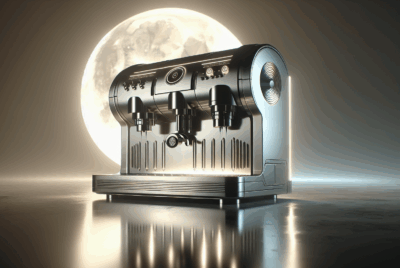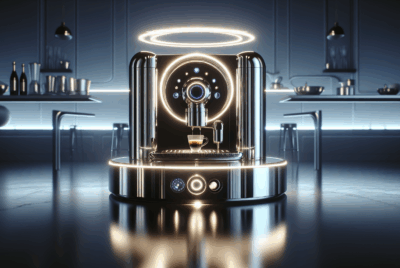5 Delicious Espresso Recipes to Try at Home
As an Amazon Associate, I earn from qualifying purchases, at no additional cost to you. Disclaimer
I’ve got a delicious treat for you all! As a self-proclaimed coffee enthusiast, I’ve spent countless hours experimenting with various flavors and methods to curate a perfect cup of espresso and enjoy these classic espresso recipes. The aroma, the taste, the jolt of energy – there’s just something incredibly enticing about a well-crafted espresso!
After many trials (and delightful errors), I’m absolutely thrilled to share my top five espresso recipes that you can easily whip up in the comfort of your kitchen. Curious as to what these may be? Read on and recharge your mornings and afternoons with these fabulous, home-made espresso concoctions!
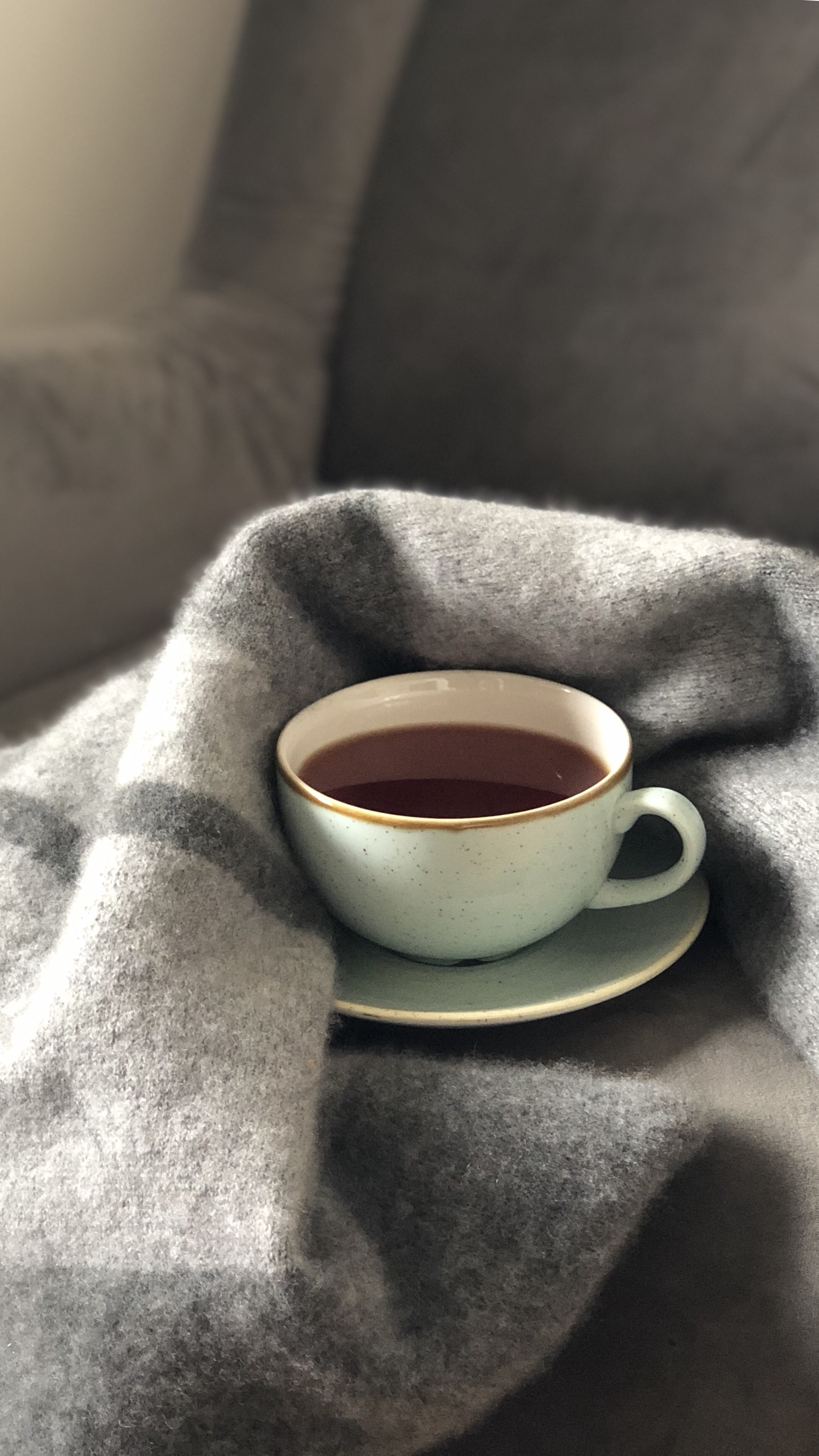
Understanding the Basics of Espresso
Since the late 19th century, espresso has been a cherished part of culture and tradition in many parts of the world. The richness of the aroma, the strength of the flavors, and the complexity of the taste are all part of what makes espresso unique.
Espresso and Its Extraction Process
An espresso is a concentrated form of coffee, served in small, robust shots. This concentrated coffee is attained through an extraction process known as percolation, whereby hot water under high pressure is forced through finely-ground coffee. The result is a thick coffee shot adorned with a layer of rich crema on top.
How to Brew a Perfect Shot of Espresso
Brewing the perfect shot of espresso requires a balance of several factors – the right temperature, optimal pressure, correct grind size, and just enough time. To begin with, ensure that you have a clean machine and good quality, freshly ground coffee. With the machine heated to around 200 degrees Fahrenheit, the water should pass through the coffee grounds at a controlled pressure for about 20 to 30 seconds.
Common Types of Espresso Shots
Espresso is versatile and can be served in a variety of ways. The type of shot largely defines the taste of the espresso. The commonly known types are ‘solo’, a single shot of espresso, ‘doppio’, a double shot, and ‘ristretto’, a short shot of espresso with less water, making it more concentrated and robust.
Understanding the Different Tastes of Espresso
An espresso shot can release a diverse array of tastes, including sweet, bitter, salty, sour, and umami, depending on the type of coffee used, the water quality, the brewing process, and other factors. This complexity of flavors is one of the reasons why espresso is so rich and an enjoyable experience.
Gearing up: Required Espresso Making Equipment
To make exceptional espresso at home, you need certain equipment. Don’t worry; this doesn’t mean you have to turn your kitchen into a mini coffee shop.
Espresso Machine: Types and Considerations
The most crucial piece of equipment is the espresso machine itself. There are different types, including manual, semi-automatic, fully automatic, and super-automatic machines. Your selection should depend on your skill level, budget, and how much control you wish to have over the brewing process.
Importance of a Good Coffee Grinder
Having a good coffee grinder is just as important as having an espresso machine. It influences the coffee’s extraction rate and hence the taste. A burr grinder is mostly recommended for its consistency in producing the ideal fine espresso grind.
Maintenance and Care for Your Espresso-Making Equipment
Espresso machines need regular cleaning to keep them working efficiently and to maintain the best taste. This includes cleaning the coffee grounds, removing coffee oils that can build up, descaling, and checking for any necessary component replacements.
Optional but Helpful Espresso Tools
While not critical, additional tools such as a tamper for evenly packing coffee, a pitcher for frothing milk, and an espresso thermometer can enhance the quality of your home-brewed espresso.

Choosing the Right Beans for Espresso
Choosing quality beans is paramount in making top-notch espresso. Here’s what to keep in mind:
How Coffee Bean Type Affects Espresso Flavor
While all coffee beans can be used to make espresso, some types result in better espresso shots than others. For instance, Arabica beans produce a more flavorful and aromatic espresso than Robusta, although the latter gives a higher level of crema and more caffeine.
Looking into Arabica vs. Robusta
Arabica beans tend to have a soft, sweet, fruity, and acidic profile, while Robusta beans are strong, harsh, and have a higher caffeine content. For espresso, a blend of these two can create balanced flavors and a perfect crema.
The Impact of Roast Level
From light to dark, the roast level significantly influences the taste of the espresso. Darker roasts, often used for espresso, typically yield heavy-bodied coffee with low acidity and flavors of chocolate and caramel.
Importance of Freshness and Proper Coffee Bean Storage
Freshness contributes significantly to the taste of the espresso. Coffee beans should ideally be used within a month of their roast date. Also, store your beans in an airtight container in a cool, dark place to maintain their freshness and flavor.
Recommendations for the Best Coffee Beans for Espresso
The selection depends on your personal preference, but beans labeled as ‘Espresso Roast’ or ‘Italian Roast’ are specifically crafted for making excellent espresso.
Espresso Recipes: Espresso Martini
An espresso martini is a delightful cocktail that you can make and enjoy at home. With its rich and robust flavor, it can be an exciting after-dinner treat.
History and Variations of Espresso Martini
The espresso martini is a modern classic. Created in the 1980s in London by bartender Dick Bradsell, it quickly became a popular choice for cocktail lovers. There are many variations of it, including those with additions of sugar syrup, various liqueurs, or cream.
Classic Espresso Martini Recipe
A classic espresso martini comprises vodka, espresso, coffee liqueur, and sugar syrup. The key is to ensure that the espresso is strong and freshly brewed.
Steps to Prepare Espresso Martini
To make an espresso martini, you need to shake all the ingredients with ice and then strain the mixture into a chilled martini glass. Ensure to create a nice frothy layer on top and garnish with coffee beans.
Tips and Tricks to make the Best Espresso Martini
Use freshly brewed espresso for that rich coffee flavor, and high-quality vodka and coffee liqueur. Remember that all your ingredients, including the espresso, should be cold before mixing.
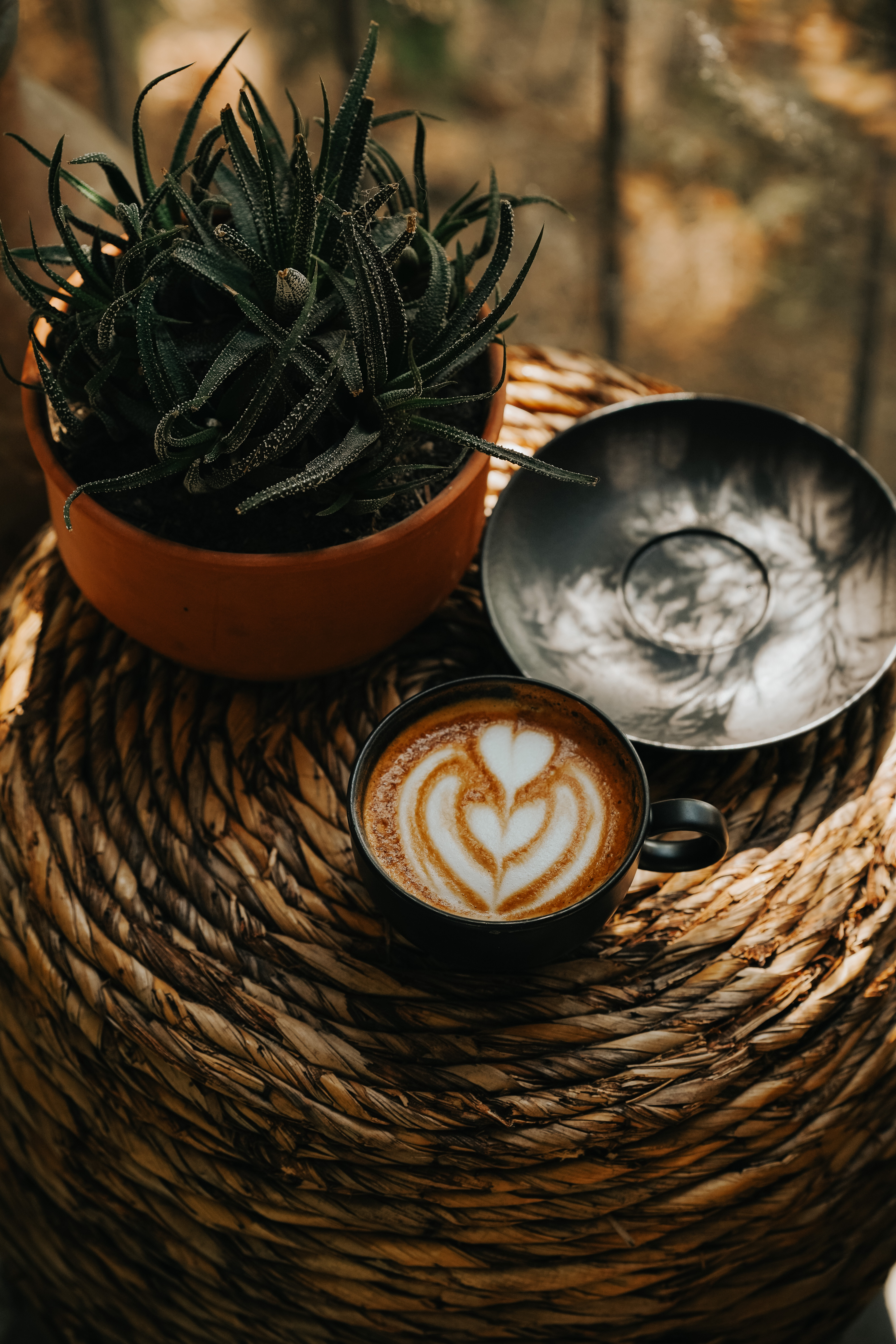
Espresso Recipes: Cappuccino
Cappuccino, a crowd favorite, is a delightful mix of expertly extracted espresso, silky milk, and a decadent layer of froth.
What Makes a Cappuccino Unique
What sets a cappuccino apart from other coffee drinks is the equal-parts combination of espresso, steamed milk, and frothed milk creating a harmonious balance of flavors and texture.
Classic Cappuccino Recipe
A classic cappuccino is one-third espresso, one-third steamed milk, and one-third frothed milk. Start with a shot of espresso, add hot milk, and then top it with a generous layer of milk froth.
The Importance of Good Milk Frothing Technique
Milk frothing plays a significant role in creating a cappuccino’s rich texture and taste. Using a quality machine with a steam wand, you should aim to achieve a creamy and velvety smooth texture.
Customizing Your Cappuccino: Variations and Flavors
While the classic cappuccino stands in its delicious simplicity, one can customize it to suit personal preferences. Adding various flavors such as hazelnut, vanilla, or cinnamon, or cocoa powder sprinkled on top, can take your cappuccino to the next level.
Espresso Recipes: Mocha
Up next is the mocha – an enticing blend of espresso, milk, and chocolate.
Tradition and Current Practices of Mocha
Mocha is traditionally a strong coffee drink mixed with chocolate. Many believe the name ‘mocha’ came from Yemen’s Mokha port, famous for exporting quality coffee. Today’s mocha, however, more commonly refers to a chocolate-variation of a cappuccino or latte.
Classic Mocha Recipe
A classic mocha consists of a shot of espresso, steamed milk, and chocolate (commonly in the form of cocoa powder), topped with whipped cream.
Chocolate in Mocha: Type, Quantity and Considerations
The type of chocolate used varies, including dark, milk, or white chocolate. The chocolate quantity should be well balanced – you do not want it to overpower the espresso or make the drink too sweet.
Ideas for Mocha Variations and Customizations
There are various ways to spruce up your mocha. You could add a dash of vanilla extract or other flavorings like mint or hazelnut, or top it off with marshmallows or other sweet treats.
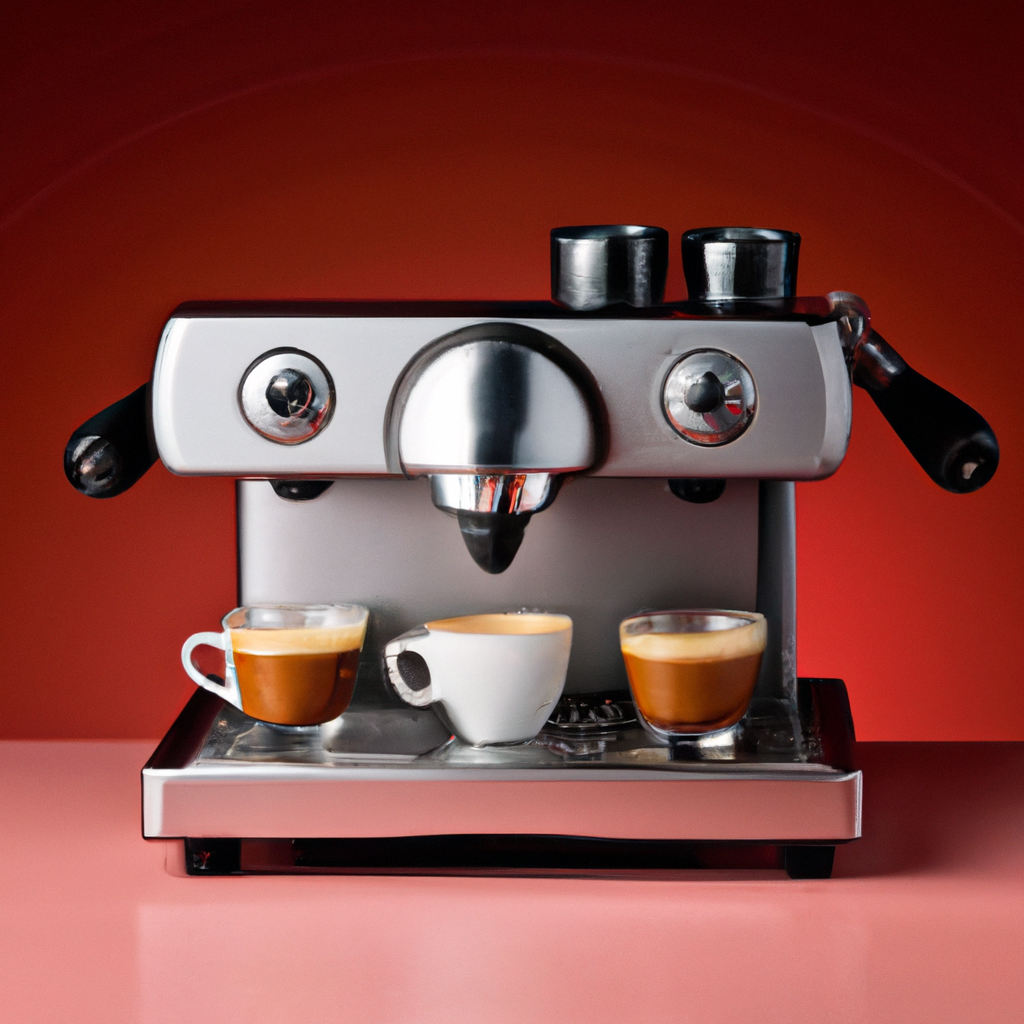
Espresso Recipes: Affogato
Affogato, translating to ‘drowned’ in Italian, is a sweet and creamy delight that features your favorite ice cream, drowned in a shot of espresso.
Introduction to Affogato
Affogato is a simple yet delicious Italian dessert that combines two of our favorite things – coffee and ice cream. It can be enjoyed as a dessert or an afternoon treat.
Classic Affogato Recipe
Preparing an affogato is as simple as it can get. Scoop some of your favorite vanilla ice cream into a glass or a bowl and pour a freshly brewed shot of espresso over it.
The Role of Ice Cream in Affogato
Ice cream plays a starring role in an affogato. As the hot espresso pours over it, it starts to melt the ice cream creating a sweet and creamy concoction that enhances the espresso’s intense flavors.
How to Create Variations of Affogato
While vanilla ice cream is the standard option, you can experiment with different flavors of ice cream, add whipped cream on top, sprinkle with nuts, or add a shot of liqueur to make it more exciting.
Espresso Recipes: Cortado
Last but not least, let’s talk about the cortado – the perfect espresso-milk blend.
Understanding a Cortado
A cortado, which means ‘cut’ in Spanish, is a coffee beverage that comprises equal parts of espresso and warm milk. The milk in a cortado ‘cuts’ the acidity of the espresso, resulting in a balanced and smooth drink.
Classic Cortado Recipe
Making a cortado at home is quite simple. Brew a shot of espresso and warm some milk to a temperature of about 150 degrees Fahrenheit. Then, simply pour the warm milk over the espresso.
Balancing Flavors in a Cortado
The trick to making a great cortado depends on the balance of flavors. The coffee to milk ratio should be equal, and the milk should be warm, not frothy to not dilute the espresso’s robust flavors too much.
Exploring Different Ways to Customize a Cortado
Although a cortado is typically served without any additions, you can experiment with different flavors, like adding a sprinkle of cinnamon or cocoa powder on top.
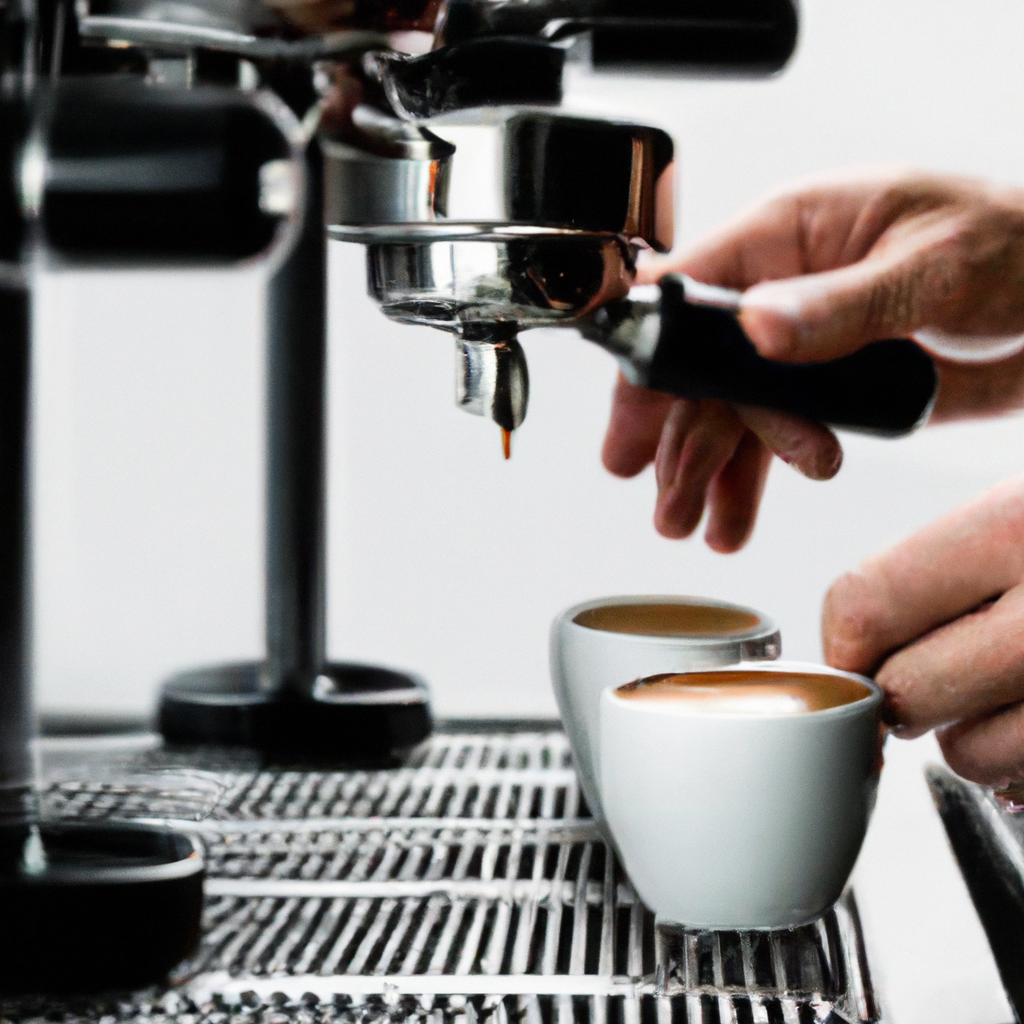
Honorable Mentions: Other Espresso Recipes to Explore
We can’t finish our espresso journey without giving a nod to some other well-loved espresso drinks.
A Closer Look at ‘Flat White’
A flat white originated in Australia and features a double shot of espresso and steamed milk. It has a higher proportion of coffee to milk, resulting in a stronger drink compared to lattes or cappuccinos.
The Bold Strength of ‘Ristretto’
A ristretto, which translates to ‘restricted’ in Italian, is a short shot of espresso. The extraction is halted earlier, making it more concentrated and bolder in flavor than a regular espresso.
Delighting in ‘Espresso Romano’
Espresso Romano is a shot of espresso served with a slice of fresh lemon. The acidic lemon complements the sweetness of the espresso, giving it a unique and refreshing flavor profile.
Understanding the ‘Macchiato’
Macchiato, meaning ‘stained’ in Italian, is an espresso shot with a small amount of frothed milk ‘staining’ the top. It’s the perfect choice if you enjoy the robustness of plain espresso but with a hint of creaminess.
The Richness of ‘Viennese Espresso’
Viennese Espresso is a strong shot of espresso topped with whipped cream and often a sprinkle of cocoa. You can delight in this rich and creamy drink as a dessert or a treat.
Closing Notes: Enjoying Espresso at Home
The joy of making and serving espresso at home is incredible. It’s a delightful journey of discovery and experimentation on which you can embark.
The Joy of Homebrewed Espresso
Whether you’re a coffee enthusiast or a casual drinker, there’s something undeniably pleasing about brewing your espresso. With practice, patience, and a passion for coffee, you can perfect the art of home brewing.
How to Further Your Espresso Knowledge and Skills
Gain more knowledge about espresso by reading, attending workshops, and speaking with baristas and coffee experts. You can also experiment with different coffee beans, brewing techniques, and espresso recipes.
Pairing and Serving Suggestions for Your Espresso Drinks
The options for what to pair with your espresso drinks are endless. From classic choices like croissants and biscotti to more adventurous ones like dark chocolates and cheeses, your taste buds are in for a treat.
Understanding the Importance of Practice and Experimentation
It’s important to understand that mastering espresso brewing is an art that demands practice and experimentation. So, keep brewing, keep learning, and most importantly, keep enjoying the journey. Here’s to many joyful coffee-filled days in your near future!



